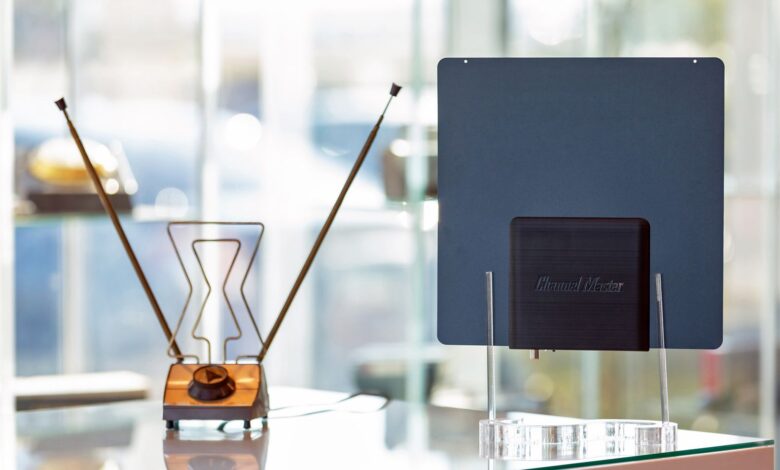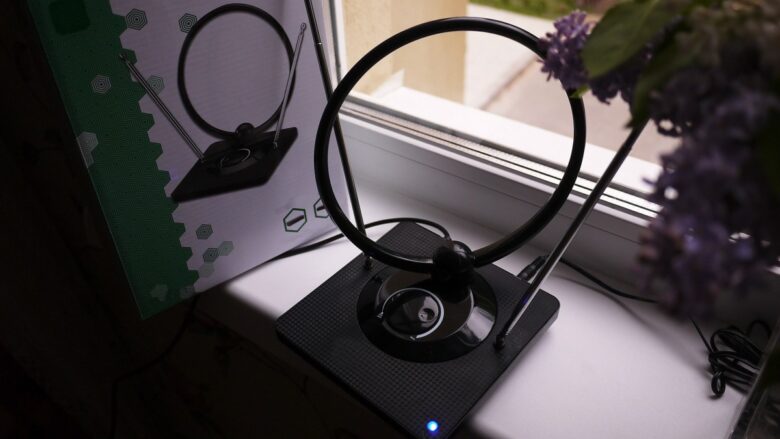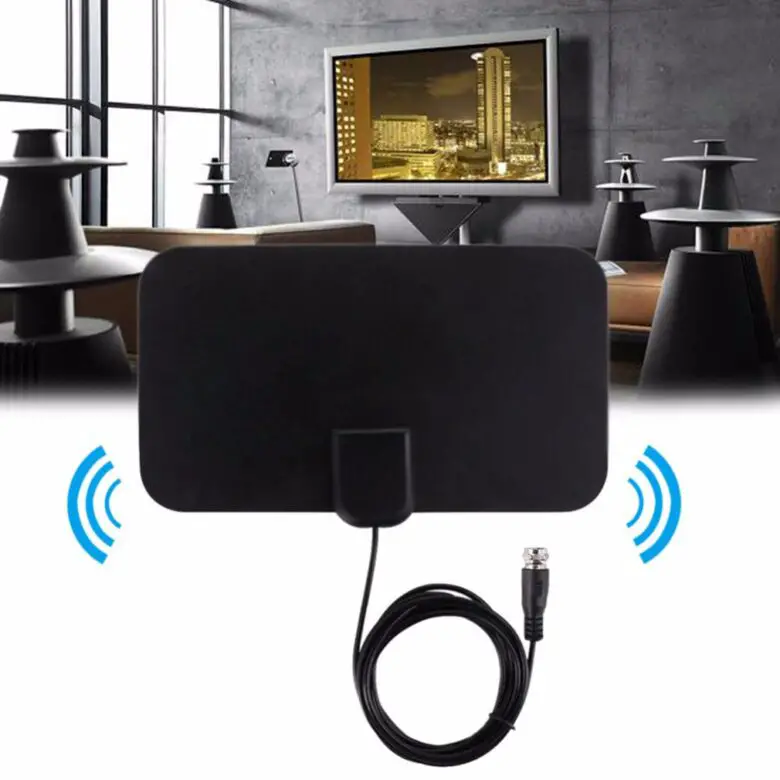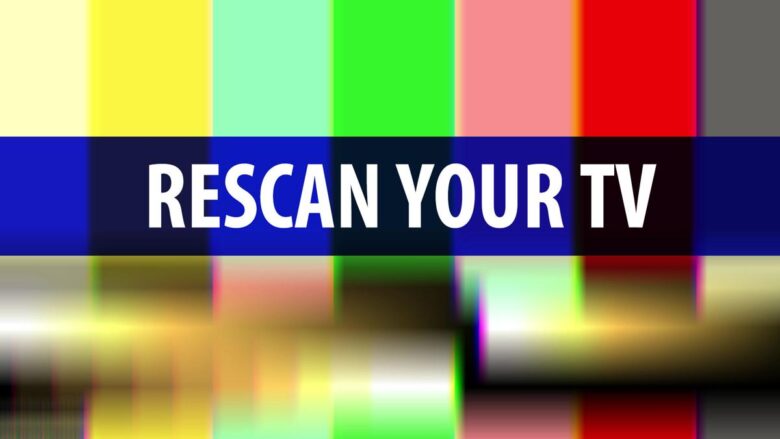How To Get More Channels with Your Indoor Antenna?

These days we are used to watching many different things and not every channel offers us all the shows, movies or documentaries we want to watch. The more stations you have, the higher the chances are that you won’t get bored. So, what happens when you get a new indoor antenna and you don’t get all the stations you expected to have?
Before contacting your provider and filing a complaint, you should know that there are a few things you can do on your own that will affect the number of channels you get. Follow this guide to learn how you can get better reception and with that, more stations for you to enjoy.
Position the antenna correctly

Where you put your antenna will affect the number of channels you receive and the quality of the signal. If you’ve opted to get an indoor model, you should be aware that the more obstructions there are between the broadcast tower and the device, the fewer channels you are going to get. This will not only affect the number of programs, but it will also affect the quality.
If you want to get more channels, then you need to place it as high as you can. If you live in a house, try putting your antenna in the attic or at least on the highest floor. You should also position it near a window and mount it higher to the ceiling. Putting the device in the basement is a huge no-no, as that will affect the signal a lot. If you don’t have a choice, then, once again, place it near a window, as high as you can.
Another thing that may affect the number of programs you get is how you place the antenna. Experts say that positioning it horizontally may affect what you get. You may get a better reception when it is lying flat than when it is placed vertically. Make sure to check both options and to see which one gets you the best features.
The direction matters as well

How you point your antenna will affect the number of TV-connections you get. It will also affect the signal. So, if you want to get more channels, then you should point it to the broadcast tower. Find out on your provider’s website where their towers are located and choose a window that is in that general direction. Point the antenna to the tower and don’t forget to rescan.
If you live in the suburbs, you should know that most broadcast towers are placed near each other, so the only thing you need to do is find the location of them, and point the antenna to them.
Choose the right model and choose the right cable
There are a lot of different antenna models on the market, and the brand you choose can affect the features and the signal. You can consult with the sellers on the best model for you, and if it is an option, you should try them in your home. Just check to see if they have a return policy and if you don’t have to pay anything extra to exchange the model.
The installation is important as well, and the multi TV-connections can affect the quality of the signal and the number of channels you receive. Click here if you want to find out more about the external factors that affect the signal and why full diagnosis is important before getting a new antenna.
The cable is important as well, so before doing anything to your device or changing the position, make sure you have a high-quality cable. It is better to check the cable first and to replace it than to replace the antenna. Choose something with a thick conductor, better shielding and better insulation. These things can make a lot of difference when it comes to the programs you are receiving at the moment.
Don’t forget to rescan

One thing people forget is that rescanning for new channels is important. No matter what you do, if you don’t rescan, you won’t know if you’ve gotten any new stations. So, after any change you make or if you buy a new model, you have to set your TV to look for new channels.
You can do this automatically or manually. You can find the feature in the TV settings, but it all depends on the model of TV you have. So, it is best if you Google that information and follow the instructions. You can also find out how to do that in the user manual.
You should also rescan for new channels at least once every month since there are a lot of new stations providers add and you may not see the email or miss the memo. One thing you should be aware of is that the provider may remove some of the programs they are offering. So, this is a risk you will have to take every time you rescan.
Other things you may try is to add or remove the amplifier. Depending on the antenna model, it may or may not work better with an amp. Some users say that when the amp is off, they get better reception and more channels. So, you should test both ways and see which one is better for you. Don’t forget to rescan every time you change things or turn them on or off.
Do you have any other advice on how people can get more programs when they are using an indoor antenna? What made the biggest difference for you?
You should try adding something metal next to the antenna (like a hanger), as it may affect the reception. The signal depends on a lot of things, so if none of this works and you know that your provider is offering more channels than you already have, you should contact them and see if they can get things fixed for you.
Consulting with experts when you install your antenna, TV or any other device is really important. The professionals can help you position the devices in the correct way and they can help you get the best cable. So, before doing anything on your own, make sure you do a lot of research and consult with experts.

